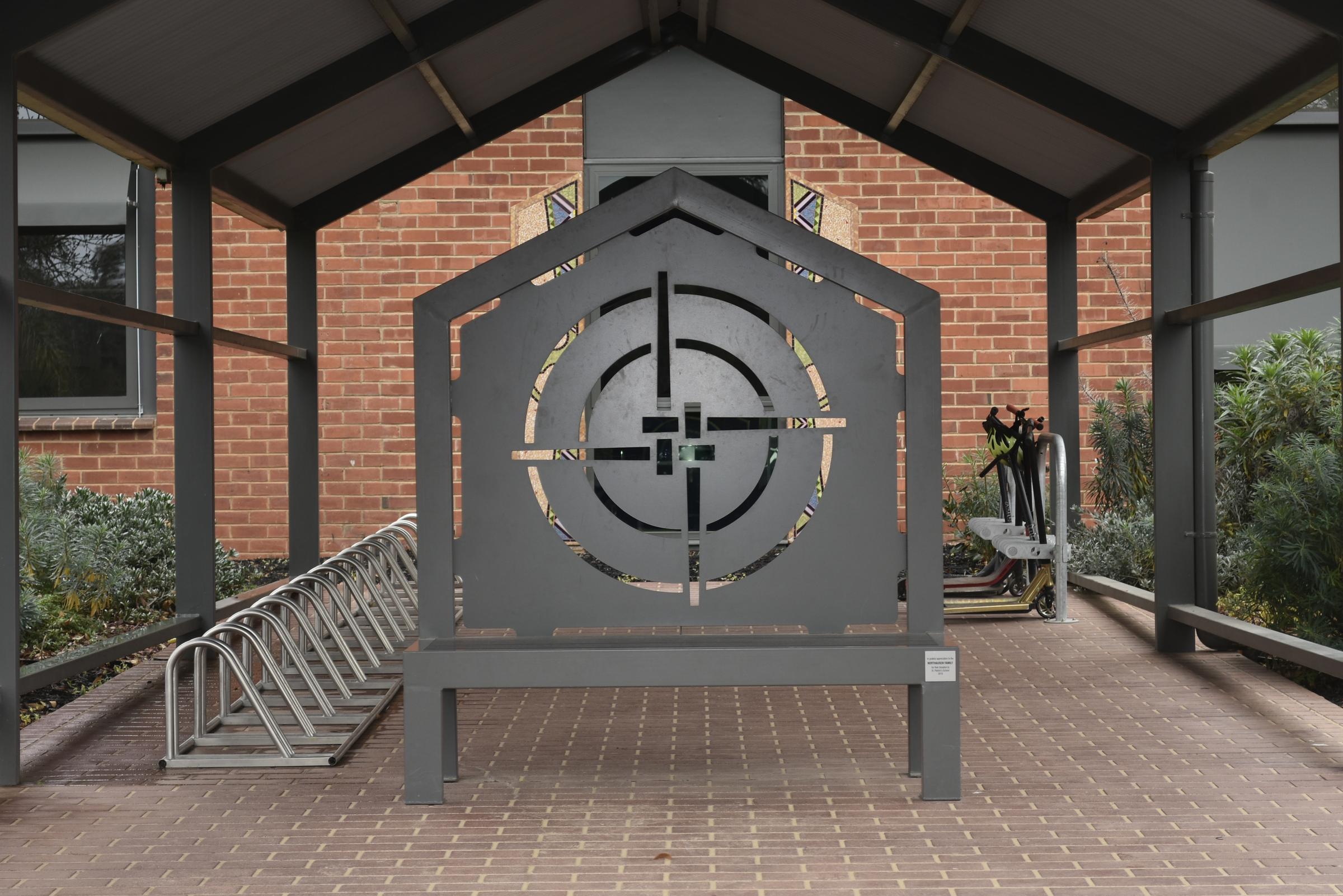Catholic Identity
Leader: Katie Rasmussen

Catholic Identity
Leader: Katie Rasmussen
On Sunday, the Church celebrated Pentecost. Pentecost is a joyful and vibrant celebration in the Catholic Church, marking the end of the Easter season and occurring 50 days after Easter Sunday. It commemorates a pivotal moment described in the Acts of the Apostles when the Holy Spirit descended upon the Apostles and other followers of Jesus. This event empowered them with gifts such as speaking in different languages, symbolising the universal nature of the Church's mission.
Often referred to as the "birthday of the Church," Pentecost is a time when Catholics reflect on the power of the Holy Spirit and its role in animating the life and mission of the Church. The Holy Spirit is seen as a source of strength and comfort, guiding believers in their daily lives and helping them to live out the values of love, peace, courage, and joy.
During Pentecost, churches may be decorated with red to symbolise the fire of the Holy Spirit.


Susannah Bishop
I enjoy musing on what a modern day Jesus would look like. Perhaps wearing skinny jeans and sporting a dreadlock or two. I can picture his Facebook profile: dutifully linked to Twitter and Instagram, posting regular snippets of modern day wisdom to his modern day followers, sending friend requests to Pete Fisher, Matty Taxton.
On Monday he’d post “Just saw a homeless lady put all her coins in the Church moneybox! #Truealsmgiving #Atleastsomeonegotthemessage”. On Tuesday, Pete Fisher would receive “Jesus invites you to his event ‘water hiking’”.
My newsfeed would probably say 'Jesus is attending an event near you today. Let him know if you’ll join'.
Last Sunday, on Ascension, though, I can picture this post on his wall 'just went offline on skype for a while to hang out with dad and all my friends just kept staring at the screen waiting for me to come back #Facepalm #Notthesharpesttoolsintheshed.'
Followed by a new post on Pentecost Sunday: 'I keep knocking on my friends’ doors, but the silly goofs are all still staring at the screen waiting for me to go on facetime again and can’t hear my knocking! #triplefacepalm #needtoreinventthehumanbrain
Now, this is perhaps a silly take on the whole Jesus phenomenon, but I’ve found it profoundly true.
We keep on looking for Jesus in the places where we’ve already found him.
Like the disciples staring google-eyed at the sky, well after Jesus had disappeared, like Hipster-Jesus’ less-than-brilliant followers, looking for him where they saw him last, oblivious to his presence just outside their door; we seem to go back to the places we know he’s in – church, our daily prayer routine, our honest, dutiful life.
He’s still there, and we are not wrong to return there time after time. It becomes an issue only when, while we’re warm and cosy with our happy, known and ever predictable Jesus in Church, we fail to realise that he’s also out there in the corner where a total stranger just scooped a wayward toddler in the nook of his arm safely out of a car’s path; he’s also with the cashier at Coles, from whom Mr Feuerhaus just heard his name pronounced correctly for the first time in months; he’s also in my dad’s first signs of Facebook life – a simple love emoji comment on my profile picture, which was possibly to him the most tortuous way he’s ever said 'I love you'.
Why all of this on Pentecost? – well, because I see myself as one of those helpless goofs who sat staring at a screen waiting for Jesus to come online again. Also because I know that, had I been alive 2000 years ago, I’d probably have a stiff neck from looking long and hard at the clouds, waiting for Jesus’ feet to make a glorious appearance again – well into old age.
The thing with us, rather dense individuals, is that we need something quite out of this world to wake up and snap us out of our blank stare. Jesus knew this, and he sent exactly that: something quite out of this world to open our hearts, eyes, ears and minds to the fullness of his work within ourselves and within our world. It is now up to us to hear the knocking, heed the voice of wisdom telling us to stop barking up the wrong tree. That, in itself is quite something.
Susannah Bishop is a freelance writer living in Canberra.
Catholic Social Teaching (CST) is rooted in Scripture, formed by the wisdom of Church leaders, and influenced by grassroots movements. It is our moral compass, guiding us on how to live out our faith in the world.
The CST principles which inspire our work are:
Our faith calls us to love God and to love our neighbours in every situation, especially our sisters and brothers living in poverty. Following in the footsteps of Christ, we hope to make present in our unjust and broken world, the justice, love and peace of God.

